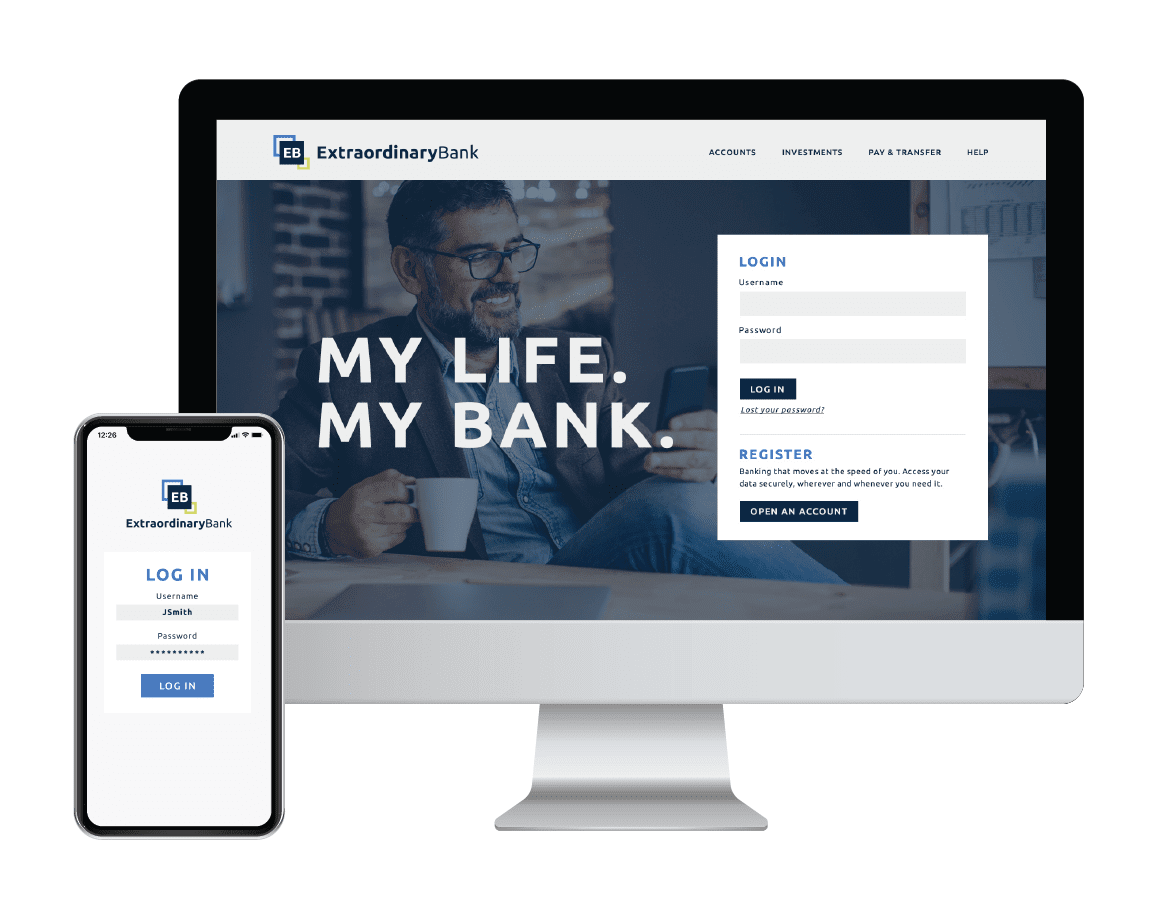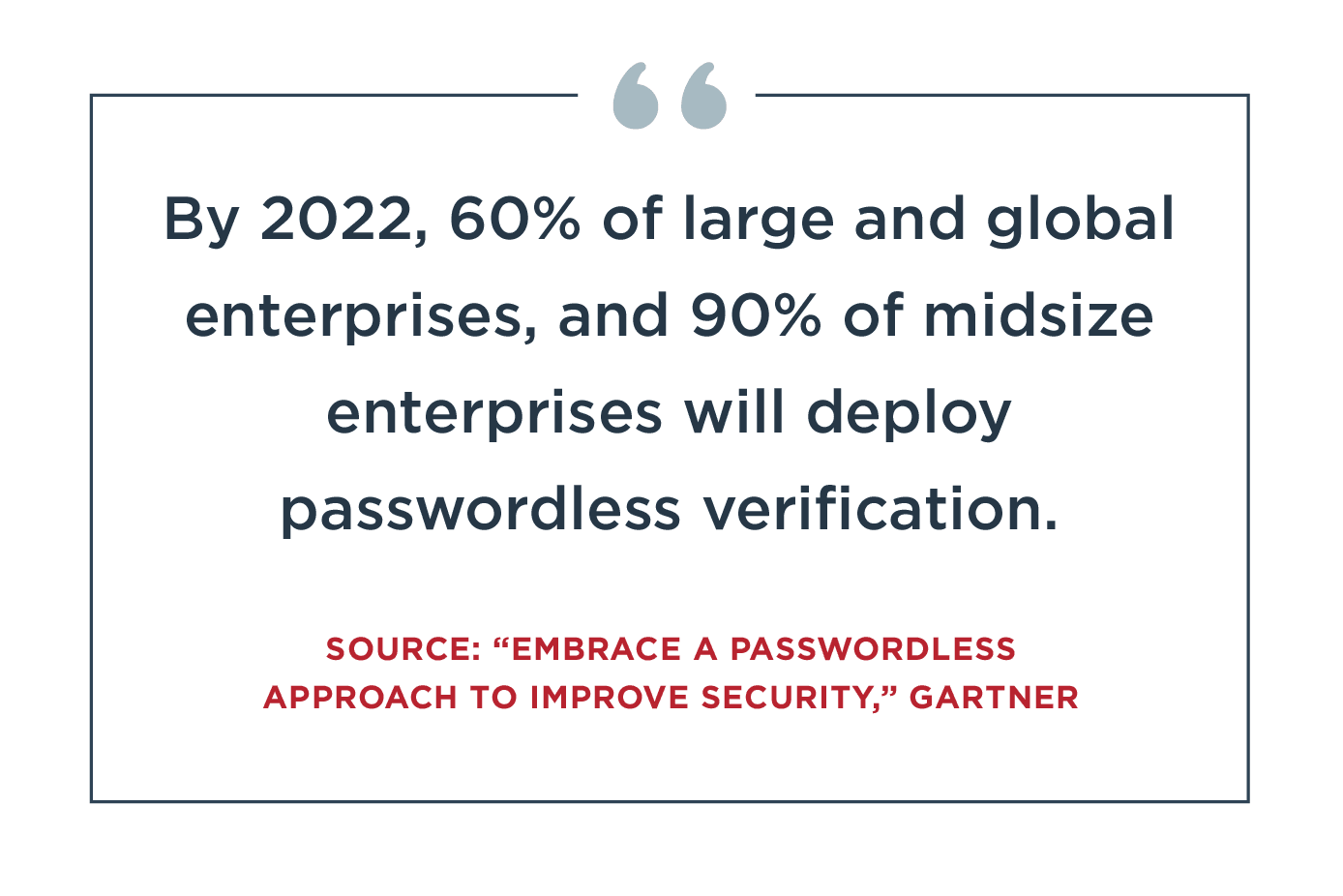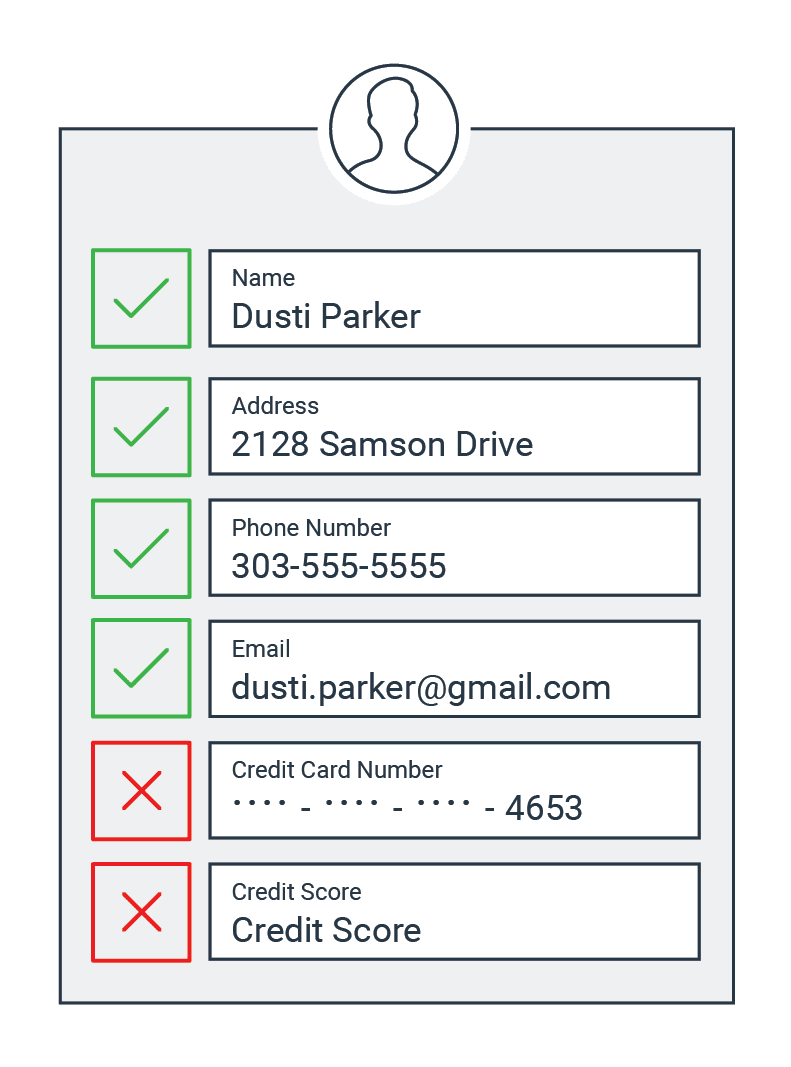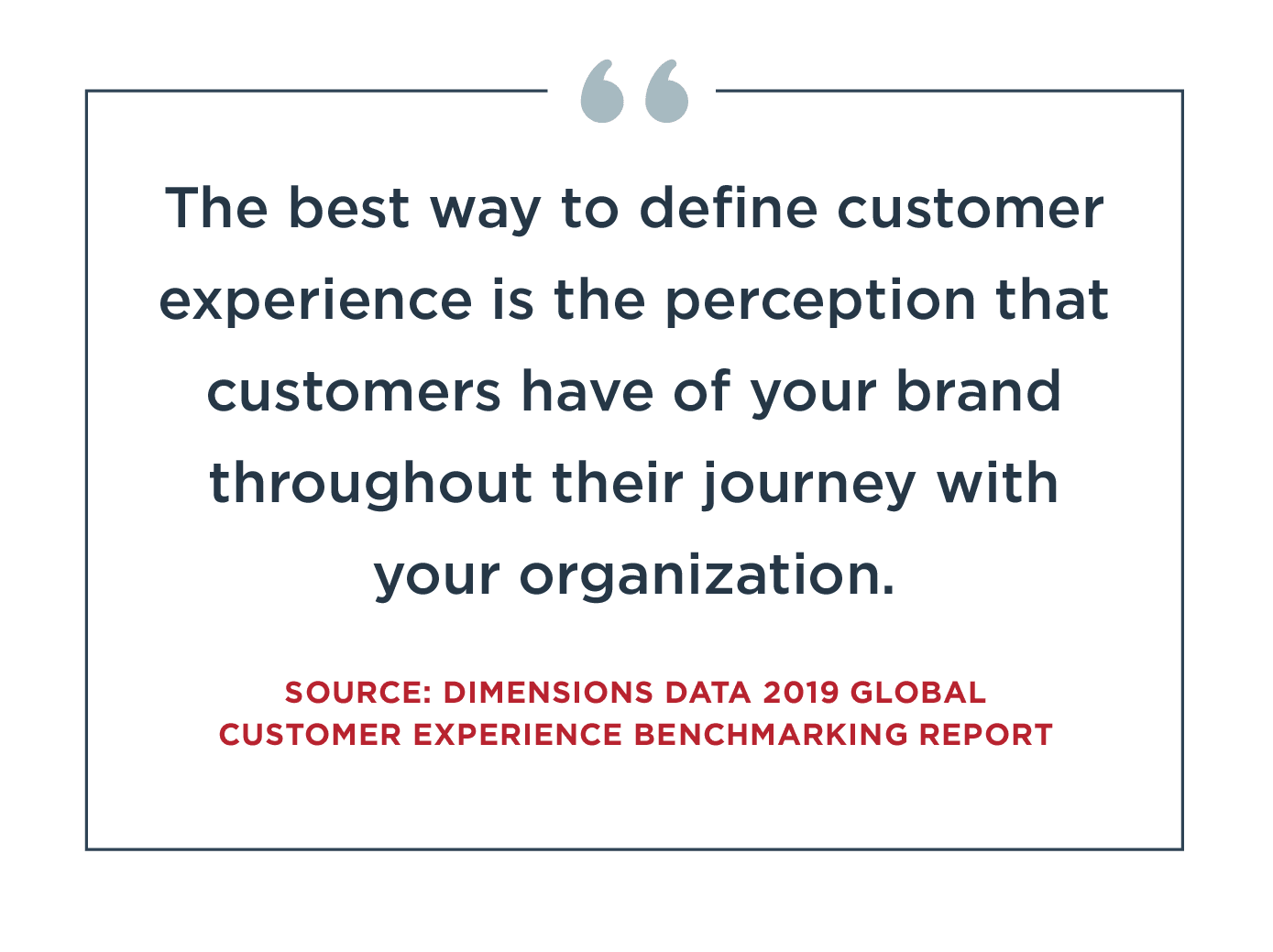Ultimate Guide to Customer Identity and Access Management (CIAM)
1 - It's Still All About Customer Experience
2 - Customer Experience: What Your Customers Really Want
3 - Customer Identity: Delivering the Experience Your Customers Expect
3 - Customer Identity: Delivering the Experience Your
Customers Expect
To deliver the CX your customers expect, you must deliver a seamless and secure experience beginning with your customer’s first interaction with your digital properties and continuing throughout their journey.
The typical customer journey spans across several stages. This is often depicted as a linear progression starting at initial awareness and ideally culminating in advocacy.

Identity plays a critical role in the customer journey, supporting your ability to acquire and retain customers, build loyalty and revenue, and earn trust. The first stages of the customer journey are typically owned by the marketing function. As a customer progresses through these early stages, they could have dozens of interactions with your brand and digital properties, requiring significant investment of marketing dollars to deliver. Your organization has spent a lot of money to get prospects to this phase, so you don’t want to fall down now.
Identity might play a minor part in the initial customer journey. For example, you could store anonymous user data before the customer registers. But identity plays a much larger role after registration occurs, marking the pivotal point where a visitor becomes a known user. Wherever identity enters into the equation for your customer’s journey, it plays a critical role from that point forward by supporting your ability to acquire and retain customers, build loyalty and revenue, and earn trust.
Registration
The experience your customer has at registration forms their all-important—and often very first—impression. Getting this wrong can cause new users to abandon your registration form, and cost you future revenue. To delight your customer, you must provide fast and frictionless registration by limiting the information gathered to only what’s necessary, or offering alternate registration methods like social registration or the ability to register with third-party identity providers.

The ability to customize authentication experiences either through
customizable templates or APIs is critical.
Objective: Make registration fast and frictionless
How identity addresses it:
- Support for a number of registration options (social registration, standard fields or registration with other identity providers)
- Giving users single sign-on (SSO), creating a common registration experience and one set of credentials to access all apps
- Customizable registration pages to reflect your brand
- Convenient and secure password policies
Authentication
Authentication is how you ensure your customers are who they claim to be during every subsequent interaction with your digital properties. But they don’t want to go through a painful or inconvenient authentication process to prove their identity. Despite login needing to be very easy for users, it needs to be very difficult for hackers to get past. That’s why multi-factor authentication (MFA) is becoming more and more necessary for customer applications, you can’t expect customers to carry around a hard token or even download a third-party app, such as Google Authenticator. If you make authentication too cumbersome, your customers are more likely to abandon login and interact less with your brand, which ultimately equates to lost revenue.
Objective: Make sign-on simple for any application
How identity addresses it:
- Single sign-on (access to all apps with one set of credentials)
- Multi-factor authentication/adaptive authentication that balances convenience and security
- Multiple ways for customers to authenticate
- Passwordless login

Passwordless Authentication: Maximizing Connectivity, Minimizing Friction
Your customers don’t want authentication to be too cumbersome. And they don’t want to navigate different sign-on experiences for each of your digital properties either. This is where passwordless authentication comes in.
For some, passwordless authentication may seem a little out there or unattainable, but it’s born out of the same principles as multi-factor authentication. While MFA asserts that passwords alone aren’t secure enough to prove identity and relies on additional authentication factors (like a trusted device), passwordless takes this a step further by eliminating passwords altogether and instead relying solely on more secure and more convenient factors.

Passwordless login as exemplified here is “a critical customer IAM capability” according to Gartner.
Explore passwordless authentication options today with PingZero.
Self-service
Your customers don’t want to call or email to make basic changes to their account information. A core identity capability, self-service allows your customers to update and manage their personal information themselves, like changing a mailing address, email address or phone number. But that’s not all. Your customers also need the ability to make changes once and have them applied to every application.
Objective: Make it easy to access and manage profile data once and have it reflected across channels
How identity addresses it:
- Synchronizing updated information and preferences across any and all user directories as soon as they’re updated by the customer
- Allowing all apps to access a single source of truth about your customers
Example: When a customer updates their address on a banking mobile app, it’s automatically updated on their check-ordering app so they don’t need to make this change again when they place their next check order.

Customer identity can restrict customer service reps from seeing customer data they don't need to see.
Support
If a customer requires support, it’s often because they’re experiencing a problem. If they’re already a little frustrated, it becomes even more important to make their experience as painless and efficient as possible. For example, requiring them to go through a tedious process to identify themselves to a phone support rep after they’ve already logged in is NOT how you provide good support. It’s also important to protect customer data and ensure that call center support reps don’t have access to sensitive customer data that isn’t required to do their jobs.
Objective: Resolve their problem quickly and efficiently, not add to their frustration
How identity addresses it:
- A face scan from a trusted device to verify customer identity
- Persistent sessions so a rep can ask “how are you?” instead of “who are you?”
- Delegated administration to control which user data support reps can see or edit
Personalization
Similar to self-service, personalization is about making customer profiles—user data, preferences, and anything other data you store—consistent no matter how your customer interacts with your brand. Personalization also allows you to leverage the preferences collected on other channels to cross-sell, promote and deliver better experiences on all channels.
Objective: Deliver consistent multi-channel experiences
How identity addresses it:
- Consistent preferences across channels
- A unified customer profile that exposes the same customer profile and preferences to all apps
- Store any custom attributes and unstructured data your apps need in a customer profile
- Ability to consolidate unified profiles with bi-directional sync, migration and coexistence
Mobile App
Collect user preferences in the mobile app
eCommerce App
Display "you may like" items based on the collected mobile app preferences
Collect more preferences
Other Custom Apps
Cross-sell using promotion based on items in shopping cart
Web App
Display homepage content based on data collected from other channels
Having a consistent view of customers across channels not only reduces disjointed, frustrating experiences, it also gives your business the opportunity to cross-sell and earn more revenue.
Regulatory Compliance: Challenge Meets Opportunity
Regulations like the EU’s General Data Protection Regulation (GDPR) and Revised Payment Services Directive (PSD2), and the California Consumer Privacy Act (CCPA) are requiring organizations to evolve and adapt. To comply with the growing number of regulations, you need a foundation of privacy with the flexibility to build and enforce policies to meet both current and future requirements. Otherwise, you’ll face the challenge of re-architecting each time a new regulation is introduced or a change is made to an existing one.
Because your ability to ensure data privacy is a core component of building trust and brand loyalty, the ability to provide self-service data privacy management can be a competitive differentiator. To build customer trust, you need to assure your customers that you’re a good steward of their data. You can gain trust by making consent both easy and transparent, and giving customers full control over and insight into their data.
Data privacy management solutions help you comply with regulatory requirements, while also giving customers what they want by providing fine-grained data access based on real-time consent records.
Discover how data governance helps you address data privacy challenges and opportunities.
Privacy
Privacy is a two-sided coin. On the one side, it allows you to comply with privacy regulations. But from the customer perspective, privacy is about giving them control over and insight into their data. Your customers should have the ability to make decisions about who their data is shared with, as well as what data is shared and how. They also need the ability to easily revoke consent at any time. Beyond merely collecting consent, though, you also need to enforce it. This is how you build trust.
Objective: Provide transparent privacy and consent management
How identity addresses it:
- Collection and storage of consent
- Enforcement of consent and privacy policies without requiring changes to your apps or APIs
- Transparency about how customer data is shared

When enforcing consent and restricting data, it’s important that your apps, consumers of data, as well as your APIs and user stores that store the data don’t need to change. This makes consent much easier to audit.
Start Today
See how Ping can help you deliver secure employee and customer experiences in a rapidly evolving digital world.
Request a free demo
Thank you! Keep an eye on your inbox. We’ll be in touch soon.

